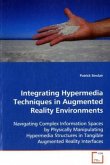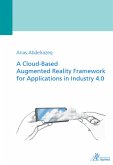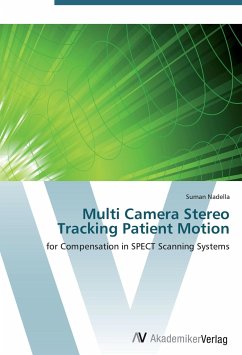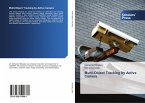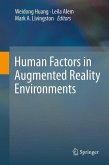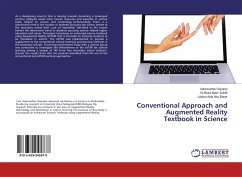One of the key problems of augmented reality is the
tracking of the camera position and viewing direction
in real-time. Current vision-based systems mostly
rely on the detection and tracking of fiducial
markers. Some markerless approaches exist, which are
based on 3D line models or calibrated reference
images. These methods require a high manual
preprocessing work step, which is not applicable for
the efficient development and design of industrial AR
applications.
The problem of the preprocessing overload is
addressed by the development of vision-based trackingalgorithms, which require a minimal workload of the
preparation of reference data.
A novel method for the automatic view-dependent
generation of line models in real-time is presented.
The tracking system only needs a polygonal model of a
reference object, which is often available from the
industrial construction process.
Point-based methods which rely on optical flow-based
template tracking are developed for the camera pose
estimation in partially known scenarios. The
robustness and real-time capability is improved with
a statistical approach for a feature management
system which is based on machine learning techniques.
tracking of the camera position and viewing direction
in real-time. Current vision-based systems mostly
rely on the detection and tracking of fiducial
markers. Some markerless approaches exist, which are
based on 3D line models or calibrated reference
images. These methods require a high manual
preprocessing work step, which is not applicable for
the efficient development and design of industrial AR
applications.
The problem of the preprocessing overload is
addressed by the development of vision-based trackingalgorithms, which require a minimal workload of the
preparation of reference data.
A novel method for the automatic view-dependent
generation of line models in real-time is presented.
The tracking system only needs a polygonal model of a
reference object, which is often available from the
industrial construction process.
Point-based methods which rely on optical flow-based
template tracking are developed for the camera pose
estimation in partially known scenarios. The
robustness and real-time capability is improved with
a statistical approach for a feature management
system which is based on machine learning techniques.



